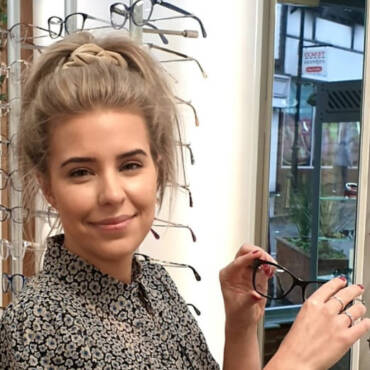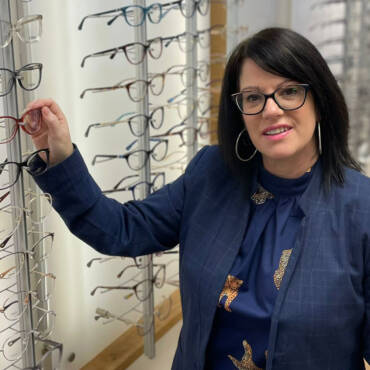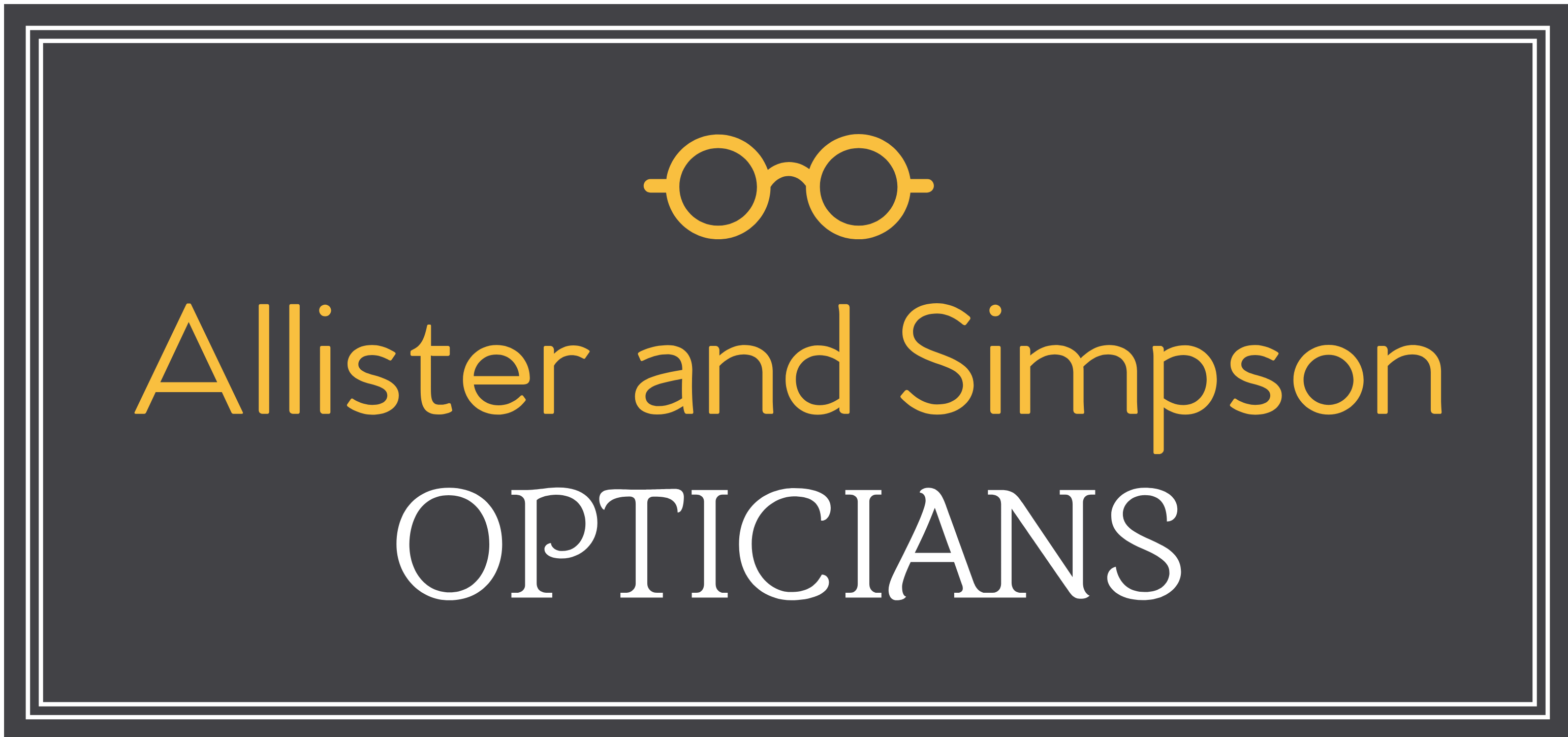Visual Stress
What is Visual Stress?
Visual stress is defined as a perceptual processing condition that causes reading difficulties, headaches and visual problems from exposure to patterns in text, such as lines of text. Visual Stress is linked to dyslexia and similar visual learning difficulties. Sufferers experience print distortion and fatigue when reading. It can be a road block in a child’s learning that may prevent them reaching their full potential.
What are the symptoms?
- Words move or shake
- Glare (especially reading black writing on a white background)
- Distracting patterns like rivers running through the page
- Blurring
- Swirly patterns
- Halo effects (lights or shadows around words)
- 3d effects (words appearing in front or behind the page)
This can cause:
- Slow/laboured reading
- Headaches/asthenopia
- Fatigue
- Skipped lines/words
- Poor comprehension
- Misreading of words
- Poor spelling
What can we do to help minimise these symptoms?
Colours have been shown to reduce overactivity in the brain that causes these symptoms. This can be in the form of coloured overlays, printed on coloured paper, digital computer overlays, and coloured spectacles.
How is it assessed?
We start by taking a detailed history and symptoms and by grading the severity of the above symptoms. It is useful to know of any history of migraines and any diagnosis’ of dyslexia or adhd, which can be linked. It is also useful to know if any other family members have reading difficulties as it can be hereditary.
The patient is given a tablet in which various tests are performed this is operated through the ReadEZ software on the opticians computer.
We first measure their reading speed. We do this using Wilkins rate of reading test which is just reading a paragraph of text where the text is random 3 or 4 letter words for 1 minute, counting how many they read and how many errors they may make.
Next we look at how sensitive they are to certain patterns. We do this by asking their symptoms when faced with the patterns, looking at their tracking ability by asking them to count certain symbols and looking at their span of focus (how much of a page is perceived at a time).
We then perform colourimetry or a coloured overlay assessment. We do this by presenting 2 different colours at a time and the patient chooses the one which minimises symptoms and feels most comfortable. This is repeated for different colours until the best one is found.
We can then measure the reading speed using the preferred colour and work out the percentage increase in speed and accuracy. Over 5% increase in reading speed is considered significant although not unusual to achieve 50%+. The overlay is then given to the patient to then use at school and at home for 3 months minimum. If the patient is older and the colours are making a significant difference we may go straight to coloured tinted spectacles. The ReadEZ software has uniformed tints so the coloured overlay matches the coloured spectacles and the digital overlay (which the patient can download on to their own vdu).
Considerations
Visual stress assessments are incredibly subjective – children often pick their favourite colour (girls pick pink) or the colour they think they should pick (boys won’t pick pink). So the test is completely dependent on reliable answers to the questions. In our experience the blanket rule is to not see any child under 7. We generally do not advise coloured spectacles unless they have used and are still using an overlay for at least 3 months. This is because generally the novelty value will have worn off, so if they are still using their overlay regularly it is clearly having a beneficial effect. It is generally easier the older the patient is and is not limited to just children. We have seen lots of adults that have previously struggled in school, but have managed (often by avoidance) and now find themselves in a new job/role which requires more reading and are looking for some help. Teenagers may turn their nose up at coloured spectacles, so it’s important to say they wouldn’t need to wear them all the time and maybe just for homework and exams. Coloured spectacles are considered more practical than the overlays as they can be used to see the board, for computers, can be used to write on paper and are less cumbersome to use (it’s hard to use a big a4 coloured overlay on a small paperback book).
How to book a patient in for a VSA and how much does it cost?
They must have an up to date sight test, ideally with ourselves. If they are from another optician it may be useful to book in a patient earlier than a year if they are having difficulties as we can perform binocular vision tests, which may have been omitted and check for pathology/refractive error if symptoms are new. Appointments are 40 minutes long. They are priced at £85 and with this the patient will get to take an overlay home.
Please call the practice if you require more information or would like to book an appointment.
Meet Our Staff

Mark Simpson BSc (Hons) MCOptom DipTp (IP)

Sara

Lisa

